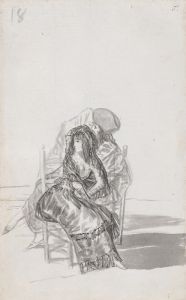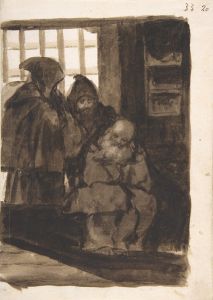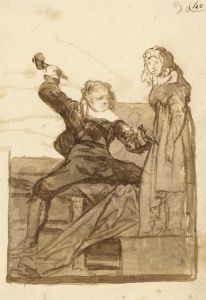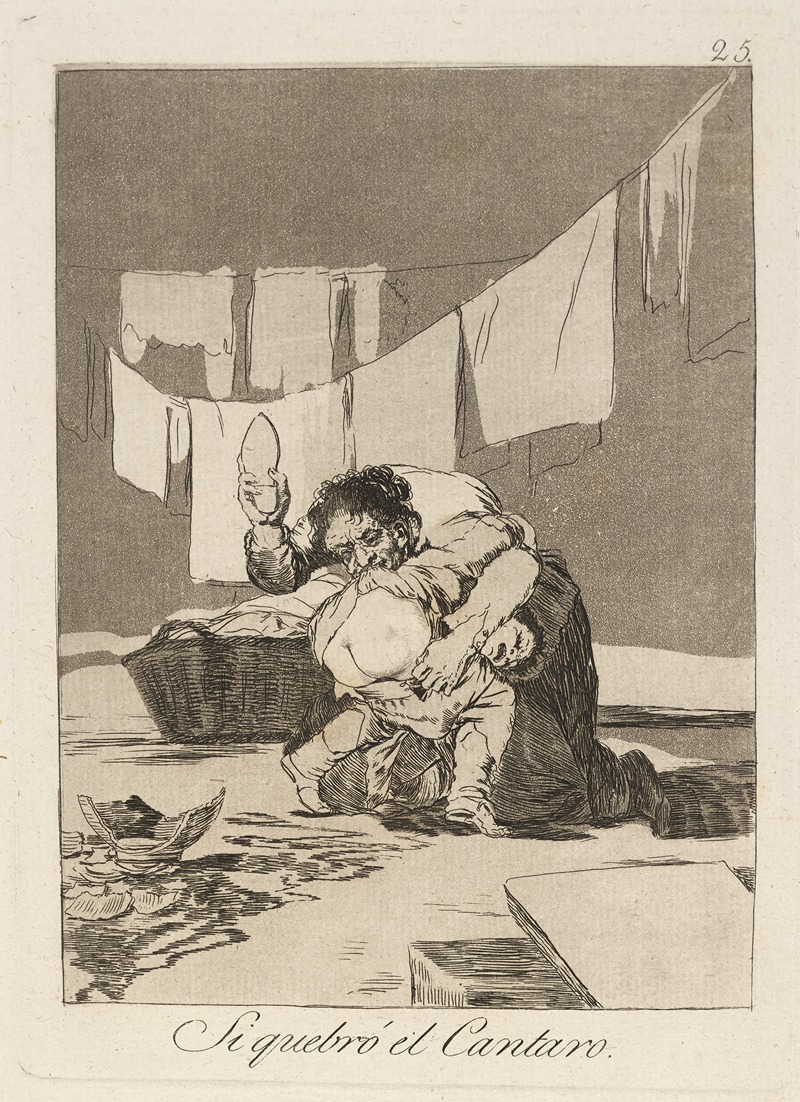
Si quebró el Cantaro.
A hand-painted replica of Francisco de Goya’s masterpiece Si quebró el Cantaro., meticulously crafted by professional artists to capture the true essence of the original. Each piece is created with museum-quality canvas and rare mineral pigments, carefully painted by experienced artists with delicate brushstrokes and rich, layered colors to perfectly recreate the texture of the original artwork. Unlike machine-printed reproductions, this hand-painted version brings the painting to life, infused with the artist’s emotions and skill in every stroke. Whether for personal collection or home decoration, it instantly elevates the artistic atmosphere of any space.
Francisco de Goya's painting Si quebró el cántaro (translated as "The Pitcher Broke") is part of the series of works he created as tapestry cartoons for the Royal Tapestry Factory in Madrid. This particular piece was completed in 1779 during Goya's early career, when he was working on commissions for decorative tapestries intended to adorn the walls of the royal palaces. The painting was designed as a model for a tapestry to be used in the dining room of the Prince and Princess of Asturias at the El Pardo Palace.
The artwork depicts a young girl standing near a broken water pitcher, with water spilling onto the ground. She appears to be in a moment of distress or embarrassment, possibly due to the accident. The scene is set in an outdoor environment, with a naturalistic background that includes trees and a soft, pastoral atmosphere. The composition is lighthearted and reflects the Rococo style that was popular in Spain at the time, characterized by its playful and decorative qualities.
Goya's tapestry cartoons often featured everyday scenes and characters, drawing inspiration from Spanish popular culture and rural life. These works were intended to provide a sense of warmth and charm to the royal interiors, while also showcasing Goya's ability to capture human emotion and narrative in his art. Si quebró el cántaro is no exception, as it combines a simple, relatable moment with a touch of humor and grace.
The painting is notable for its attention to detail, particularly in the textures of the girl's clothing and the natural elements surrounding her. It also demonstrates Goya's growing skill in rendering light and shadow, which would become a hallmark of his later works. While this piece is less dramatic and intense than his later, more famous works, it provides valuable insight into Goya's development as an artist and his ability to convey subtle storytelling through his art.
Today, Si quebró el cántaro is housed in the Prado Museum in Madrid, along with many other works from Goya's tapestry cartoon series. It remains an important example of his early career and his contributions to Spanish art during the late 18th century.





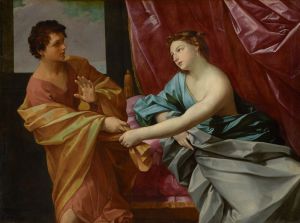
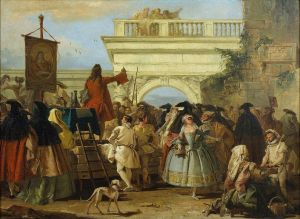
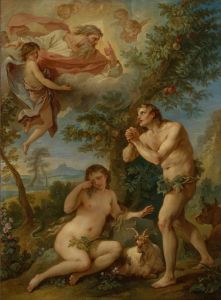
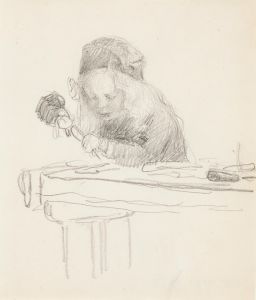
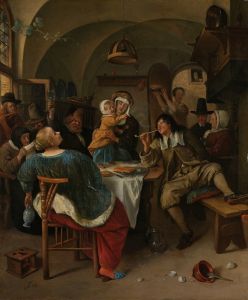
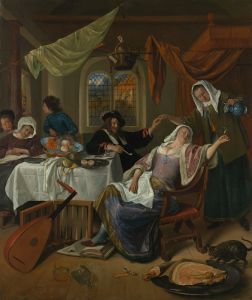
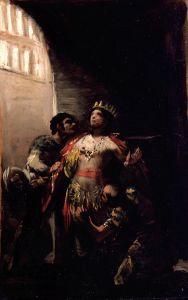
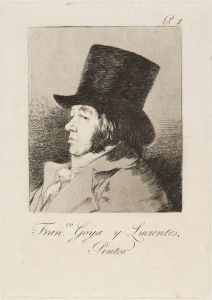
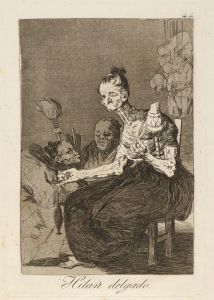
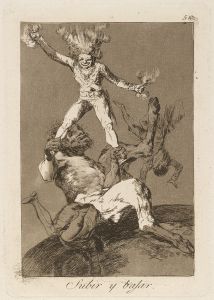
![To Go amongst the Branches, i.e. To Talk through One’s Hat [Ridiculous Folly]](/imgs/264664/s/francisco-de-goya-to-go-amongst-the-branches-ie-to-talk-through-ones-hat-ridiculous-folly-a0d215a6.jpg)
